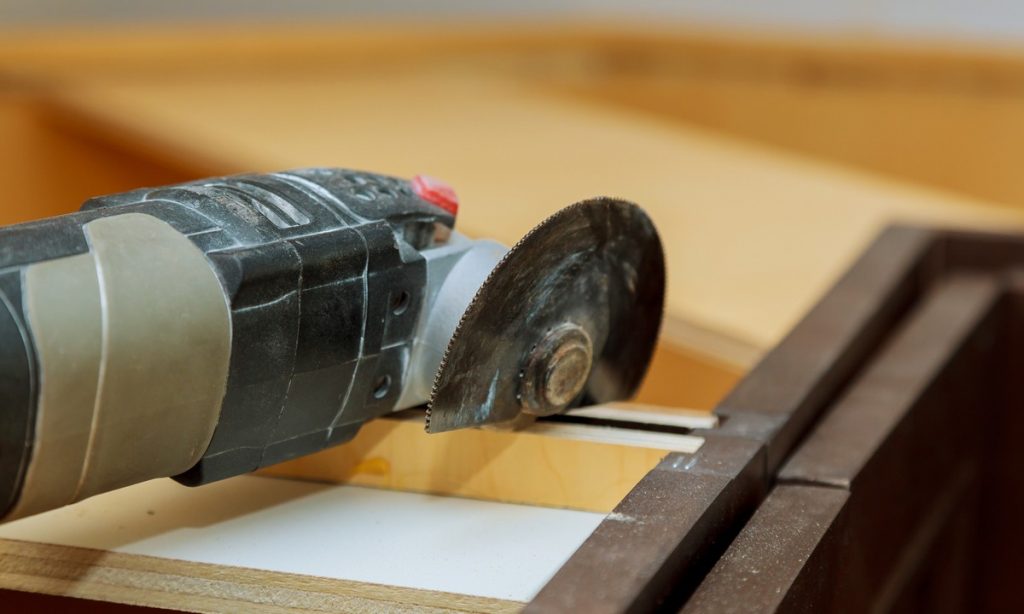How Do Oscillating Multi Tools Work?

Oscillating multi-tools are compact power machines that can polish, cut, grind, and even sand wooden surfaces when paired with suitable blades. But, do you know how an oscillating multi-tool even operates? Well, we’re here to solve this mystery!
Inner Workings of an Oscillating Multi Tool
What sets apart oscillating multi-tools is that their head moves from side to side at incredibly high speeds, up to 20,000 times per minute. This motion allows the multi-tool to be precise and offer sublime results when used in close quarters. Oscillating multi-tools make up an excellent option for detailed woodwork and also when you need a bundle of tools at bay.
Advantages of Oscillating Tools
With extensive motions and a compact design, these tools can be used in situations where other tools might not fit. Oscillating multi-tools are highly effective for scraping, sanding, and cutting jobs, simply needing the right head to accomplish the task.
These heads are usually universal, although some companies may use proprietary heads. Simply attach them to your oscillating tool so you have an all-in-one power device for any job you wish to undertake. Not only does this save crucial tool space, but it also makes weights lighter and more convenient than conventional tools.
Five Types of Blades for Oscillating Tools
There are various blades available, each with its specialty. To use your oscillating tools efficiently, you must be familiar with some essential blades:
1. Sawing blade
You should use the right sawing blade when cutting into materials; otherwise, your blade could become dull, costing you frequent replacements. For cutting metals, it is recommended to use a bi-metal saw since they have a carbon blade and a flexible body, preventing them from snapping during the process.
Similarly, for wood, a high carbon steel (HCS) blade is required due to its flexibility, allowing the blade to cut into softer materials easily.
2. Scraping blade
As the name suggests, scraping blades are excellent at scraping. They are ideal for removing silicone, paint, adhesives and other coatings. Just like saw blades, scraping blades come in different shapes and sizes. The harder blades scrap tough coatings such as vinyl, varnish and paint layers. On the other hand, flexible scraping blades are great for removing glue and calk.
3. Sanding and polishing blade
Sanding blades are handy when it comes to sanding and polishing surfaces. These blades are available in a wide variety, and your choice is determined by the surface you need to polish. Surfaces like masonry, stone and cement require diamond polishing pads since they leave the surface with a shiny, glossy finish.
4. Grout removal
Grout removal blades are semi-round blades that work best for removing grout effortlessly. Getting a carbide-segmented blade is recommended to ensure that your tiles aren’t chipped off while you work on removing that grout. These blades also work exceptionally well on plaster, concrete and tile surfaces.
5. Rasping blade
For drinking and sanding hard materials, rasping blades are highly recommended. These blades have vast carbide chunks, making them durable against the most rigid materials. Rasping blades can be used when working with stone, concrete, plaster, wood and other tough exteriors which won’t chip as easily.
